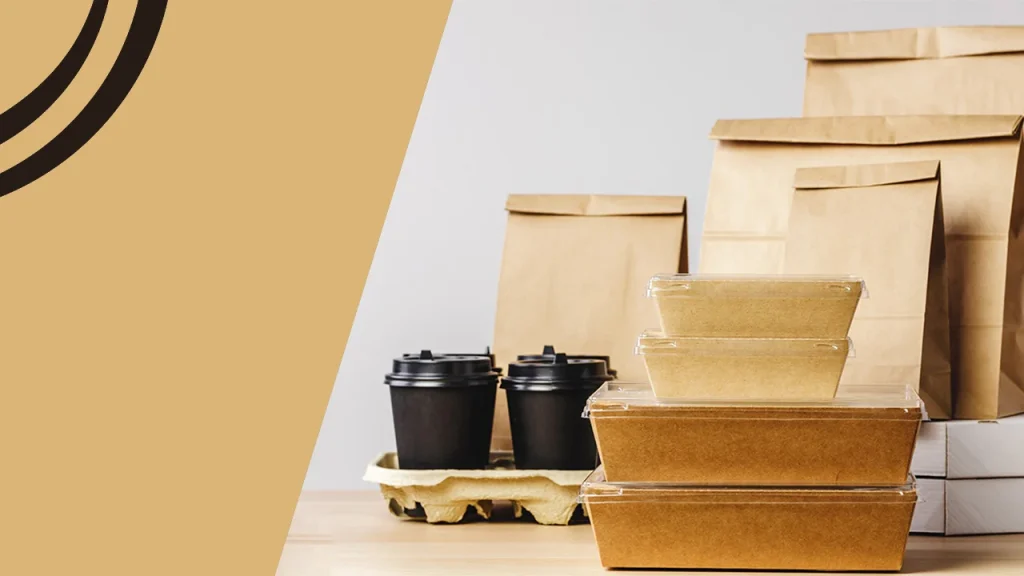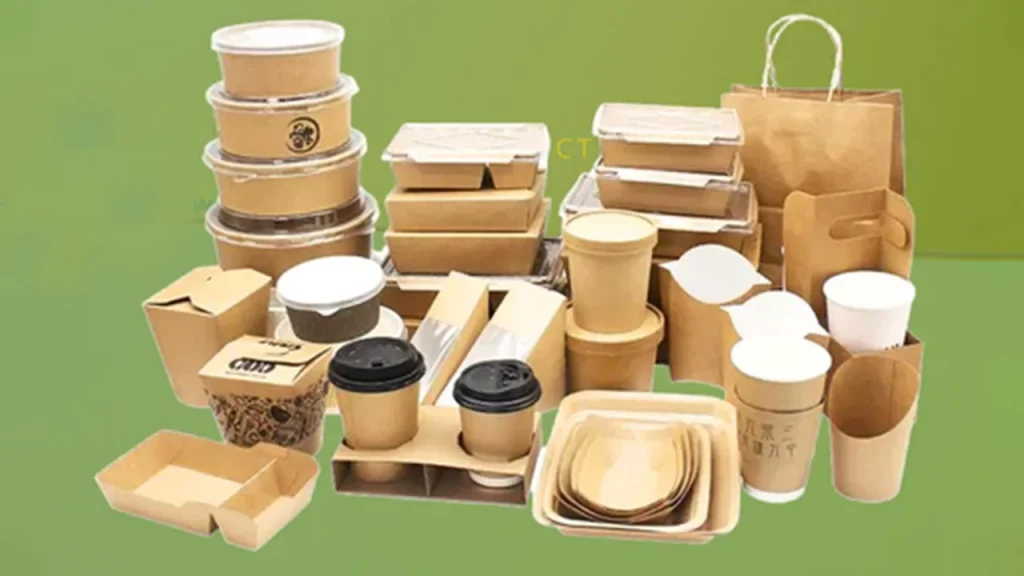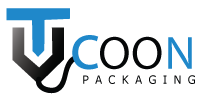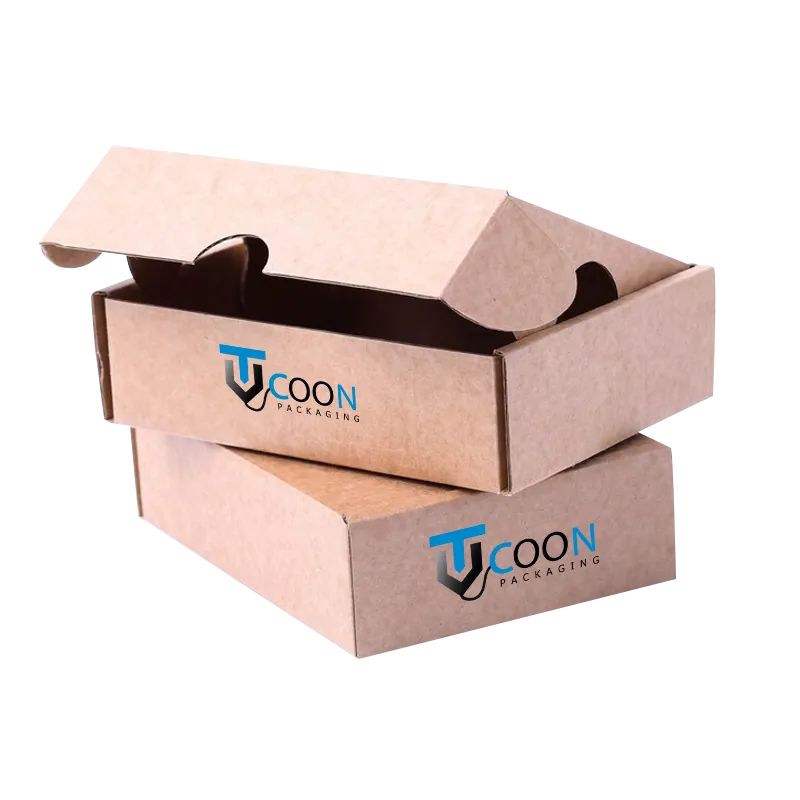Edible packaging is a food-friendly and environmentally friendly way of packing and presenting food products. This kind of packaging is biodegradable in nature, reducing material waste. This blog post discusses edible packaging’s advantages, packaging options, future developments, and challenges.
So, what are you waiting for? Let’s dive into this comprehensive guide.
What Is Edible Packaging?
The packaging is made from reusable resources such as wood pulp, starch, seaweed, and cellulose to pack food items. This packaging is used for purposes such as wrapping, protecting, handing out, displaying, or taking out food.
What Are The Advantages Of Empty Edible Packaging?
Now you understand what this packaging means. You might wonder what are the advantages of edible packaging. Take a look at some of the following benefits:
Environmental Benefits
According to the edible packaging Wikipedia, about 50 billion single-use water bottles made of PET (non-biodegradable material) are produced in the USA each year. Because of this, other types of packaging are being sought. Edible packaging material is biodegradable, which promotes your sustainable practices.
Consumer Experience
This packaging enhances the foodies’ eating experience, eliminating the need for unwrapping or disposal. It can be flavored to complement the food item, adding to the overall enjoyment.
Food Business Advantages
The novelty of the packaging attracts consumers throughout the whole journey and increases sales. This packaging offers a unique selling point, helping edible packaging brands stand out from others in the niche. This type of packaging also eliminates the need for traditional packaging, which leads to cost savings.
Technical Advantages
This minimal packaging solution is engineered to control gas exchange, extend shelf life, or incorporate bioactive compounds. This packaging is used for various purposes, such as wraps, pouches, cups, and even as a coating for individual pieces of food.
What Are The Popular Edible Packaging Options?
There are several packaging types for packing, presenting, protecting, and delivering food items. Here are some of the types of edible packaging for food that are used by edible brands.
Edible Containers
Food products such as yogurt, ice cream, cheese, and butter can be handed out or delivered the food containers. These containers are used by the best edible packaging startups to provide maximum protection for the packed food during storage and transit. These containers can be flavored to match your brand identity.
Bakery Bags
Bakery bags are perfect for a wide variety of bakery items, from cookies to muffins, to hand out to the food lovers. These bags offer optimal protection to the luscious goods while handling, displaying, storing, and delivering. These bags allow you to put the name of your bakery directly in the hands of the customers.
Edible Coffee Cups
Edible coffee cups are the best alternative to traditional packaging. These coffee cups are made from premium materials that not only alter the taste of the drinks but also prevent the transfer of heat. These cups let you print your branding details, such as brand name, contact details, and much more.
Edible Cupcake Wrappers
The cupcake wrappers are derived from biodegradable resources. These wrappers keep the cupcakes protected while handling, displaying, storing, and delivering. These wrappers can also become an extension of your brand when printed with branding details.

Challenges Of Edible Packaging
Just like any other packaging, this type of packaging also has some challenges. Below are some of the challenges and considerations:
Optimal Protection
Usually, this packaging is the best alternative to plastic packaging. But it has a disadvantage in terms of protection. This packaging may be less durable than plastic and might not be suitable for long-term storage as well as transportation.
Regulatory Approval
There is a long list of brands that have been using plastic packaging for a long time. But when it comes to edible packaging, regulatory approval is needed. These regulations, such as FDA guidelines are need to be approved to ensure food safety and meet hygiene standards.
Consumer Acceptance
People are hesitant about new things. The same is the case with the food packaging. Therefore, it may be possible that some of the foodies may hesitate to have their food in this packaging. It means customer education and clear communication from brands are needed.
Material Selection & Cost
Materials affect the product cost and packaging quality. Therefore, it is essential to find the right materials for this packaging that meet both sustainability and functionality requirements. For this, you may require detailed research.
A Table That Shows Off Everything In A Glimpse
This table shows all the details, from material to challenges, in just a single glance, saving time.
| Material | Size | Shape | Style | Printing | Coatings | Add-ons | Benefits | Challenges |
| Rice Paper | Small to Medium | Sheets, wraps, pouches | Transparent, minimalist | Limited (edible ink) | Oil-resistant coatings | Embossing, sealing tape | Biodegradable, lightweight, neutral taste | Fragile, low moisture resistance |
| Seaweed (e.g., agar) | Small | Cups, films, capsules | Glossy, flexible | Basic edible labeling | Flavor-infused layers | Natural flavoring | High biodegradability, nutritious, and marine-friendly | High cost, limited availability |
| Starch-Based Films | Small to Large | Bags, wrappers | Opaque, natural look | Edible dyes or labels | Wax coatings | Aroma infusions | Renewable, compostable, cost-effective | Sensitive to humidity, brittle over time |
| Gelatin Films | Small | Capsules, wraps | Transparent, glossy | Laser-etched logos | Sweet/savory coatings | Active ingredients | High barrier to oxygen, edible supplements | Animal-based, temperature-sensitive |
| Milk Protein (Casein) | Small to Medium | Wraps, films | Thin, paper-like | Edible ink or stamps | Citrus-based coatings | Antimicrobial agents | Strong oxygen barrier, extends shelf life | Dairy allergen risk, not moisture resistant |
| Pectin Films | Small | Strips, sachets | Flexible, slightly glossy | Limited to natural dyes | Essential oil coatings | Nutraceuticals | Vegan, biodegradable, good for dry foods | Delicate, limited industrial-scale use |
| Pullulan | Small | Wrappers, sachets | Glossy, transparent | High-quality edible print | Flavored coatings | Vitamins or flavors | Good oxygen barrier, highly soluble, good for candy | Sensitive to moisture, expensive |
| Chitosan | Small to Medium | Films, sachets | Matte finish | Edible labels | Antifungal coatings | Natural antimicrobials | Antimicrobial, biodegradable, extends food shelf life | Derived from shellfish, limited supply |
Where To Get Edible Packaging?
Tycoon Packaging has the full potential to manufacture this packaging using our never-ending customization options with the latest printing and die-cutting techniques. We use top-quality materials and employ modern die-cutting tools to die-cut them in any size, shape, and style to meet your needs.
We use CMYK printing techniques to print brand copy and utilize advanced presses to apply magnificent finishes on the packaging for high-end branding. We also have an expert packaging staff to add unique add-ons to enhance box functionality.

We construct the packaging with complete precision at competitive rates. Feel free to contact us and place an order.
Bottom Line Of Edible Packaging
This packaging is food-grade and eco-friendly for packing, taking out, and delivering food items. This blog covers the benefits, such as reducing packaging waste, enhancing the customer experience, and communicating the brand message.
This guide also discusses such packaging options, from edible containers to coffee cups. Here, we also unwrap some of the challenges that must be considered. So, choose the best one that aligns with your product needs.
FREQUENTLY ASKED QUESTIONS
Q: What are the challenges associated with this packaging?
There are various challenges. Some of them include:
- Optimal Protection
- Material Selection
- Cost
- Regulatory Compliance
- Customer Acceptance
Q: How to deliver food items?
Delivering food items can be tricky. Therefore, you need to know all the challenges that can deteriorate the quality of the food items. So, choose all the factors that fulfill your packaging needs as per your budget and preferences.
Q: Is this packaging safe for the food items?
Of course! This packaging solution is generally safe. It’s made from edible materials, adhering to strict safety standards. However, like any food product, it must meet regulatory requirements to ensure food quality and safety.
Q: What is the future outlook for this packaging?
The future of this packaging looks promising. As consumer demand for sustainable solutions grows, food companies are investing in research and development. We can expect to see more innovations and widespread adoption in the coming years.
Q: How can I incorporate branding into this packaging?
Packaging is one of the most effective ways to market your business and connect with your customers. Print the brand’s logo, color scheme, and fonts on the packaging for high-end branding.



